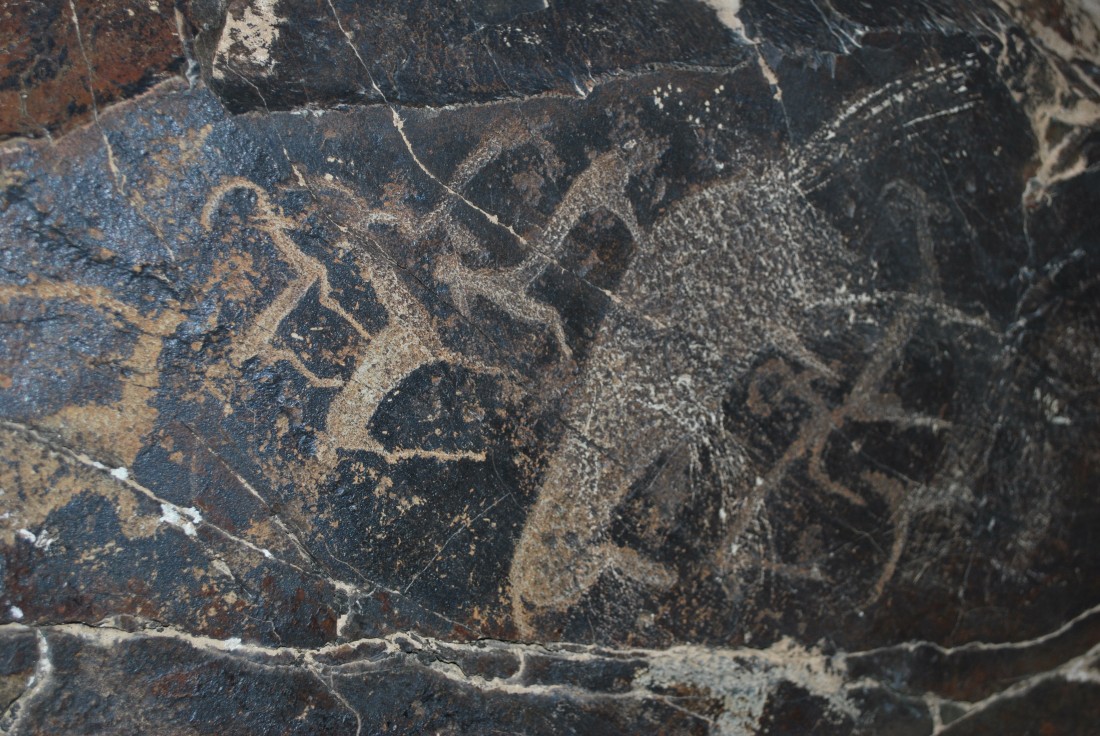Fine art
Once a dervish was asked, what he was looking for, having wandered the earth for so long, what he wanted to find? And he answered: “I wanted to find myself, what is inside me”. And it is true that each artist, like a dervish (wanderer), carries on his canvases his memories of what he has seen and thus reveals his inner world.

So, many thousands years ago, people, who lived on the territory of Uzbekistan, transmitted their thoughts by depicting people and animals on the rocks and walls of caves. This is how petroglyphic art appeared - the parents of fine art.
As time passed, epoch followed epoch, and wall paintings began to appear in the decoration of majestic palaces and mausoleums, and with the arrival of Islam in Uzbekistan, houses began to be decorated with ornaments, patterns and calligraphy.
Since the beginning of the XIV century, a new type of fine art has appeared in the East – miniature – small colorful pictures that have become a unique element of the decor of residential buildings, palaces, mausoleums, and even books, except for religious objects.

A great contribution to the development of Uzbek fine art of the Middle ages and the Renaissance contributed Kamollidin Bekhzod, Akhmad Donish, Usto Makhmum etc.
In the early XX century, Uzbek fine art was greatly influenced by Russian artists, avant-gardists, and muralists. Some artists were so attracted to Uzbekistan that they stayed on this blessed land forever, and some even converted to Islam. Pavel Benkov, Chingiz Akhmarov, Alexey Volkov, Alexey Nikolaev, Usto Mumin. Their works can be found in the world-famous Savitsky State Museum in Nukus, the Museum of Art in Tashkent and the Gallery of Fine Arts in Tashkent.
Leave a comment
By logging in, you agree to the processing personal data
See also
Workhours: 9:00-18:00, Mn-Fr
For any questions
Uzbekistan


 UZB
UZB RUS
RUS JPN
JPN ARA
ARA FRA
FRA CN
CN DE
DE POR
POR ESP
ESP TUR
TUR ITA
ITA HIN
HIN MAL
MAL
A comment